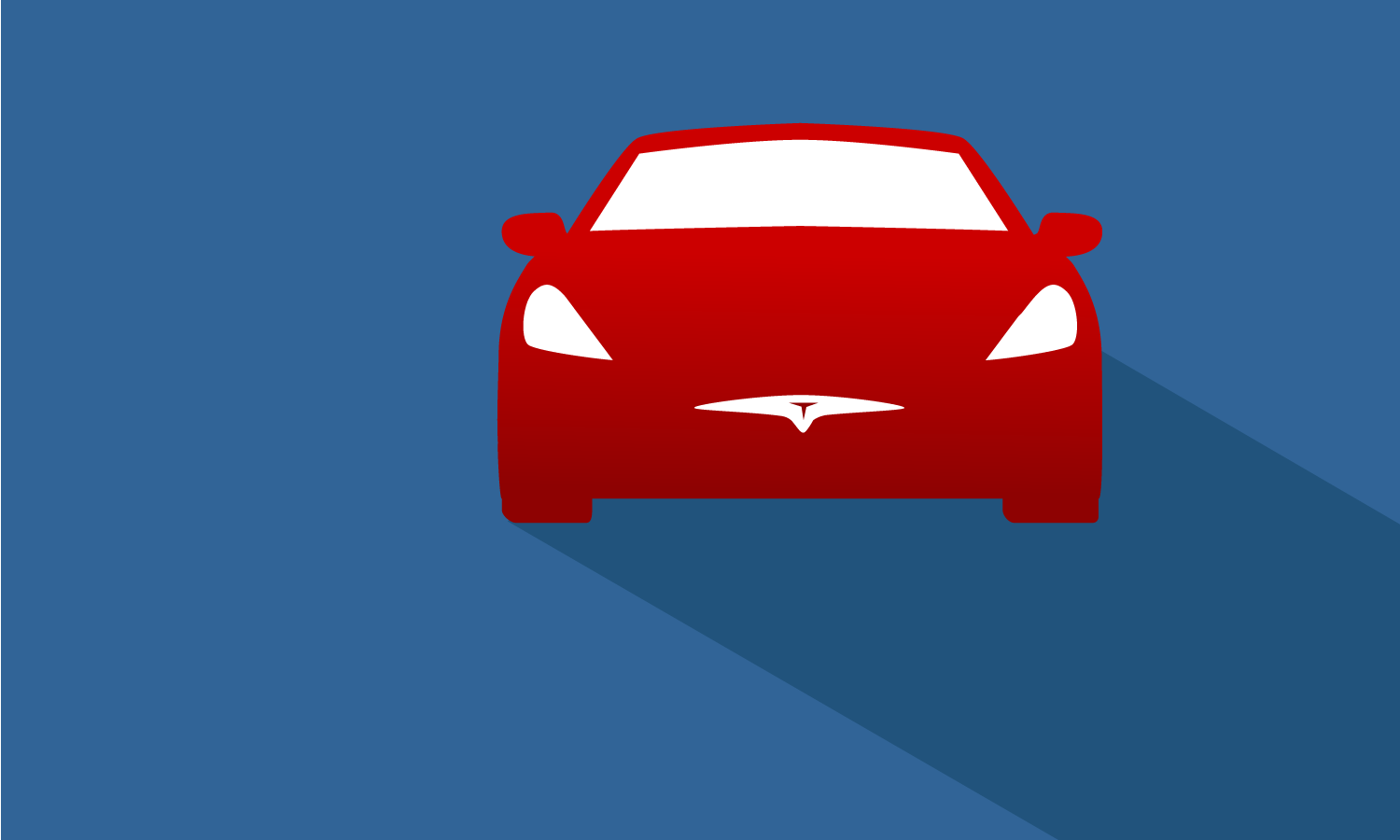It’s no secret that Tesla has been having troubles with their supply chain lately. Last year, Tesla was even assembling the Model 3 by hand. The original goal was to make 5,000 Model 3 units per week by the end of 2017. Due to supply chain bottlenecks, this goal was then pushed back to March of 2018. Now, Tesla says they won’t meet the 5,000 units per week goal until midway through this year.
So, Tesla is still trailing behind their targets. In the last week of March, they built 2,020 cars, missing their 2,500 goal for that week. There is a wait-list 400,000 strong, who have put down a $1,000 deposit for the vehicle. Clearly, Model 3 production still isn’t where Elon Musk wants it to be. But where is the problem coming from?
The Still Evolving Supply Chain
As a growing company, Tesla is experiencing production bottlenecks in its supply chain. Musk himself has referred to these procurement issues as “production hell.” After a subcontractor at Tesla’s Gigafactory “dropped the ball,” assembling battery cells became an issue. This was due to problems with the system integration.
But, Tesla says those problems are being mitigated. Musk says that “addressing production and supply chain bottlenecks” is what got the company in this position in the first place. They had to shut down the factory for a short period of time and upgrade their equipment.
According to Bernstein analyst Mark Newman, these supply chain bottlenecks are just part of the innovation cycle. He states that with new products, there are four barriers to mass adoption: immature technology; weak demand; incumbents’ resistance; and supply-chain bottlenecks. The latter is the last of these barriers that Tesla needs to solve.
Eliminating Your Supply Chain Bottlenecks
Tesla’s growing pains bring up some important supply chain questions. Where do supply chain bottlenecks come from? Can you eliminate them before they even happen?
The truth is that bottlenecks can occur anywhere in a supply chain, especially when it comes to manufacturing. By definition, a bottleneck is a point of congestion where input is faster than the ability to output to the next step. They can come from inefficient processes, inadequate equipment and much more.
Here’s three steps you can take to find and fix bottlenecks in your supply chain:
Prevention: Gain visibility into your data
With end-to-end visibility of your supply chain, you can identify where bottlenecks may occur. You can gain this visibility by using an inventory management system to collect data at all points of your supply chain. Using a system, you can view reports and analytics to make smart, real-time decisions. This type of info can give you new insights into your supply chain. You can see which processes are at risk and where potential bottlenecks may arise.
Preparation: Always Have a Backup Plan
Tesla’s latest supply chain came from subcontractor issues. Do you have backup suppliers that you can rely on in case of disruption? If you use one supplier, this is a potential bottleneck. If that supplier experiences disruptions, the effect will trickle down to your supply chain as well.
Once you use visibility and analytics to identify potential problems, you need to act on them. That way, if something goes wrong you will already have a plan in place to handle it.
Solution: How can I fix a bottleneck?
If a bottleneck occurs, decide what type of problem it is. Is the problem that the process is inefficient, or should you change the volume of inputs? If you decide its the former, can you automate this process? With automation, you can increase productivity and save your employees time. If your problem is the latter, consider decreasing input. If input is too high, there will be plenty of spare stock laying around while the bottleneck catches up. Be careful, carrying costs can make up 20-30% of the inventory cost.
In conclusion, there is much we can learn from Tesla’s supply chain growing pains. All firms can be subject to bottlenecks, and insight is vital into stopping them.



